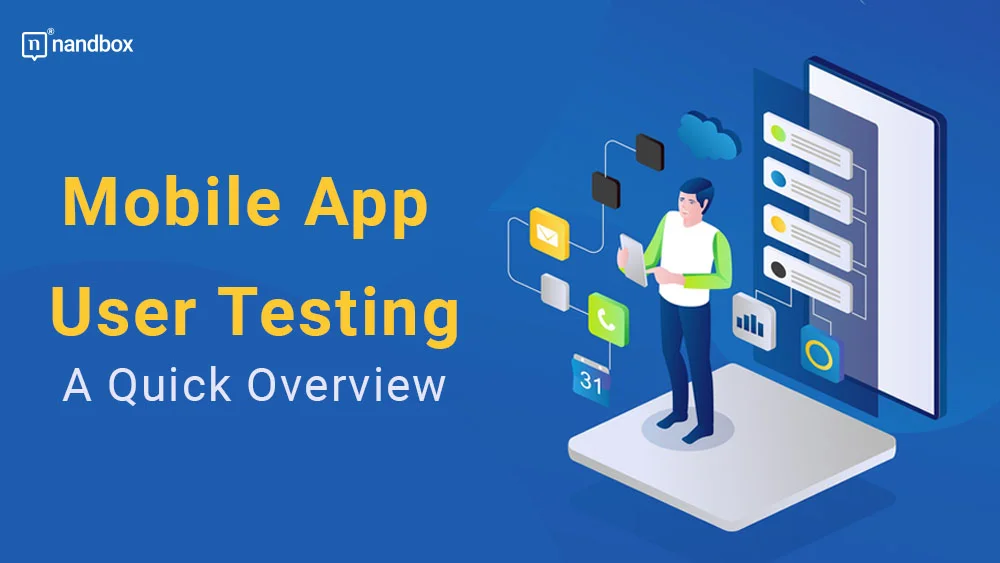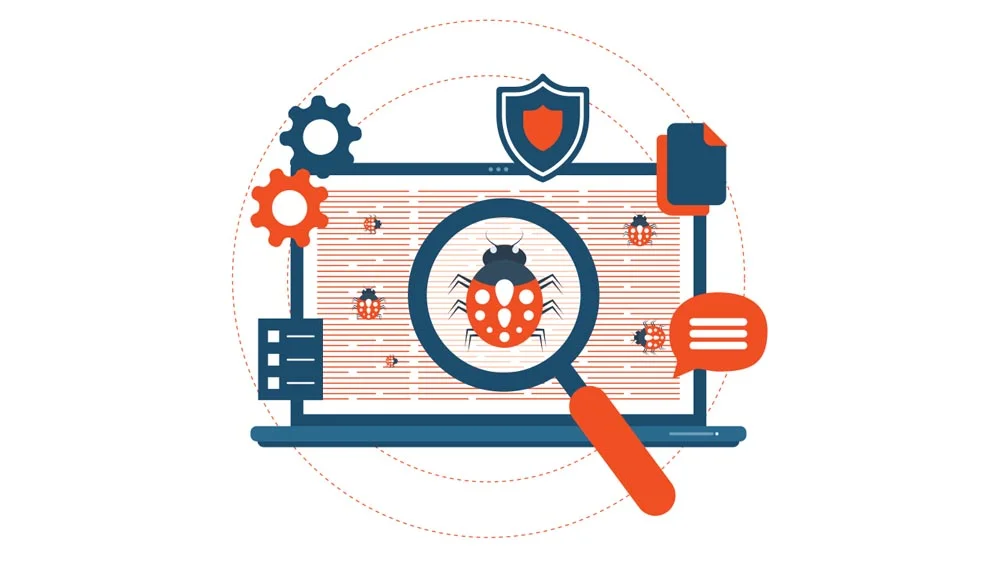When you have something that you’re providing for people, like a certain product or service, it is important to know exactly what they think of it. Feedback in that case is a necessity. This is why the creation of mobile apps must include user testing. It enables app developers to get crucial information about how their target market perceives and uses their app. By using this to find any possible problems or ways to make an app better, the end result can be a better user experience and more success. In this article, we will be discussing the importance of usertesting for a mobile app and how to set up an effective user testing strategy.
What Is Usertesting in a Mobile App?
User testing is the process of involving real users in the development of an app so that organizations can obtain direct feedback from people using the product. It provides valuable insight into how users navigate through an app, as well as potential flaws in design or functionality. By testing with users at different points in the development process, organizations can improve their apps and make more users happy.
Importance of Usertesting for a Mobile App
Here are four of the most important reasons why user testing is important for mobile apps: We’ll go through each of them with a quick overview.
Enables App Developers to Understand Their Target Market
It first and foremost enables app developers to better understand their target market. By seeing how real users interact with a program, app makers can learn more about their users’ requirements, preferences, and behavior. With the use of this data, the app may be customized to the unique requirements and preferences of the intended users, making it more accessible and efficient.
Identifies Any Potential Issues or Bugs in Your App
Second, user testing can assist in finding any app faults or possible problems. Even the most carefully made software may have flaws or problems that are not obvious until after actual users have used it. User testing helps the app’s developers find and fix bugs before the app is released to the public. This makes sure that the app runs as smoothly and reliably as possible.
Offers Insightful Input on the App’s Design
User testing can offer insightful input on the app’s general design and user experience. App developers can discover what works well and what needs some changes by watching how users engage with the app. This feedback can be used to improve the app’s usability and design, making it easier for people to use and more entertaining.
Helps in Adjusting Features Based on Hard Data
In order to determine whether launching a product is a good idea, it is likely that you have done some research. Yet no matter how well-prepared you are, there are moments when what you’ve learned doesn’t line up with what users actually want. Usertesting in a mobile app could definitely help you with that.
Usability testing is important because it gives you concrete information and empirical support to back up product plans. Up to 64% of built-in software functions are never or seldom used. Verify that people will actually want the things you propose to offer in order to prevent wasting resources. You can create product roadmaps with confidence when you find out through usability testing what works and what doesn’t.
Enhances an App Creator’s Choice of Features
User testing can help app developers make better decisions about their apps’ features and how they work. By examining how users interact with the app, app developers can find the features that are most important and practical for their target audience. The creation of some features can be prioritized while removing others that people may not find as useful.
How To Setup A Usertesting Round For Your Mobile App
Setting up a user testing round for an app includes several steps, such as defining the testing goals, creating test scenarios, recruiting users for the tests, and executing the tests. Start by defining what you want to test in order to obtain valuable data. Next, create scenarios that accurately describe how real people would use the app; these should be as realistic as possible. Then recruit a diverse set of test users who are representative of your customer base. Finally, locate an appropriate environment to conduct the tests and execute them one at a time.
Tips For Conducting An Effective User Test
Here are a few tips that can help you achieve the most effective user testing for your mobile app. Clearly define your goals and what success looks like for each of them before you start. Create detailed scripts, scenarios, and tasks that users need to complete within the allotted time frame. Find a wide range of users who are a good match for your app’s target market. Provide clear instructions on how to use the app before starting, and give users breaks between tests. Analyze the results carefully, and then make informed changes based on user feedback!
Analyzing The Results Of Your Usertesting
After the user test, the real work starts: analyzing the data you collected and turning it into useful insights. Make sure to review every single user’s experience with your app and look out for any similarities between responses. Once identified, these commonalities can be used to draw a general conclusion about the overall performance of your app and make any appropriate changes. After doing so, reassess the results and retest it in order to gauge its effectiveness.
Integrating User Feedback Into Development Plans
The user testing data you collect shouldn’t just take up space but be put to use. Take the feedback from your users and work it into your development plans, making any changes that are needed. Doing so helps you test the success of each improvement that has been made, giving you a clear indication of how effective it has been. Include this information in all future updates and changes. Use the feedback as a guide to make sure that changes are making your app easier to use and improving its overall performance, not hurting it.
Final Thoughts
User testing is a crucial component of developing mobile apps overall. It lets app developers find out important input about their target audience and market and how well their app works This improves the user experience and makes the app more successful. With nandbox’s native no-code app builder, you can create a remarkable app that has every single feature you desire implemented in it.
Using our simple drag-and-drop feature addition method, you won’t be facing any troubles. Our app builder will also provide you with a variety of templates, features, and modules. You can brand your app through our branding options. In addition to our detailed documentation section, which will be your guide every step of the way, this section can help you navigate our app builder easily and in a hassle-free manner. Sign up now for nandbox’s native no-code app builder and enjoy our 7-day free trial!






